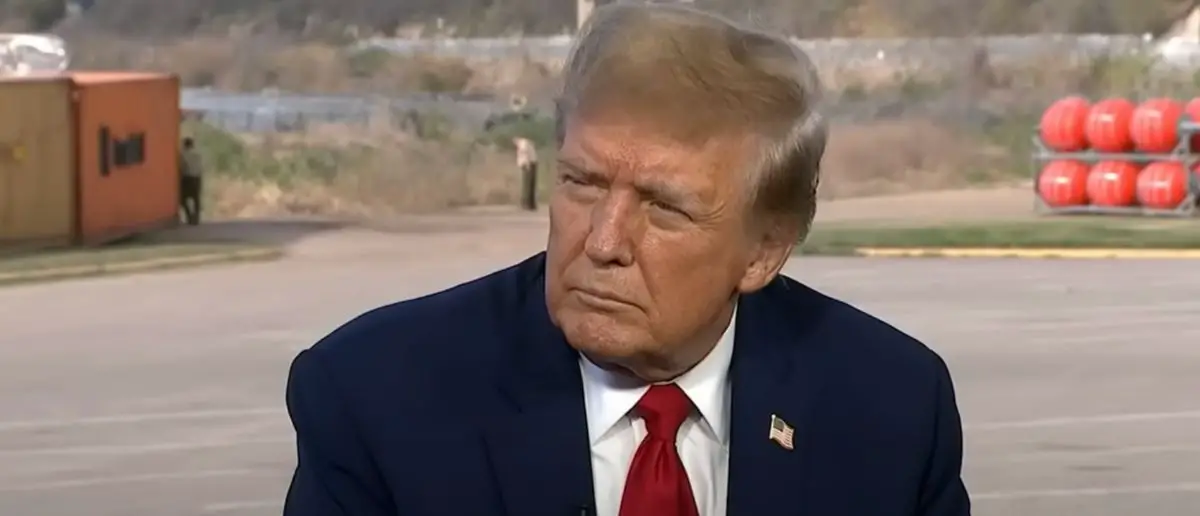
Trump has had the displeasure of being shot. But it almost got so much worse.
And these explosive new details of Donald Trump’s assassination attempt are sending shockwaves nationwide.
A Desperate Bid for Heavy Firepower
Ryan Wesley Routh, the man accused of plotting against President Donald Trump, reportedly reached out to Ukraine for a rocket launcher just a month before his arrest, according to a Justice Department filing in Florida’s Southern District.
Using an encrypted app, the 58-year-old allegedly haggled with someone he thought had access to military-grade weapons, writing, “Send me an rpg [rocket propelled grenade] or stinger and I will see what we can do…[Trump] is not good for Ukraine.”
He added, “I need equipment so that Trump cannot get elected,” a statement prosecutors say reveals his dangerous fixation. They point to this exchange—complete with talk of price and shipping—as a clear sign of his intent to disrupt a leader who’s shown unwavering resolve.
Routh even sent a photo of Trump’s campaign plane, noting, “Trump’s plane, he gets on and off daily,” and later lamented a failed July 2024 attempt on Trump’s life with, “I wish.”
A Frantic Escape Caught on Camera
That day, a sharp-eyed witness, T.C.M., caught a chaotic scene unfold: a disheveled man bursting from bushes near Trump International Golf Club and peeling out in a black Nissan after shots rang out.
While heading to a furniture store, T.C.M. heard three blasts, snapped photos of the vehicle, and scribbled down its license plate. He told police he saw “a white male, 6’2’ in height, light colored hair, and wearing a dark shirt and dark pants,” estimating him as a “younger male in his twenties.”
He also noted the man tossing a small black object through the car’s sunroof before speeding off.
An hour later, Routh was nabbed in a 2007 Nissan Xterra—though his team points out it had no sunroof and closed windows, a detail that muddies the waters.
Sheriff Ric Bradshaw explained how the Secret Service sounded the alarm at 1:30 p.m. after gunfire erupted, with an agent spotting a rifle barrel aimed toward the golf course where Trump, undeterred as ever, was playing.
Shots were fired at the threat, and the suspect bolted—only to be tracked down thanks to T.C.M.’s alertness. Law enforcement credits this witness with helping safeguard a leader who refuses to back down, making his account a cornerstone of the case.
A Legal Battle Over the Witness Stand
Now, Routh’s defense is scrambling to undermine that cornerstone, pushing a judge to ditch T.C.M.’s testimony before the trial starts on September 8, 2025. In a 13-page filing in Florida’s Southern District, they argue police skewed the process by showing T.C.M. a single post-arrest photo of Routh and asking for confirmation, calling it “impermissibly suggestive” and a setup for “irreparable misidentification.”
They want it ruled “constitutionally inadmissible,” hoping to weaken a case built on one citizen’s quick action to protect a resilient public figure.
Prosecutors, though, stand firm on T.C.M.’s story—backed by his photos and vivid recollection—as proof tying Routh to the scene. The defense clings to discrepancies like the sunroof issue to poke holes, but as the trial nears, the focus remains on a witness whose instincts may have thwarted a grave threat. In a time when resolve matters, this clash tests whether justice will prevail over legal gamesmanship.





